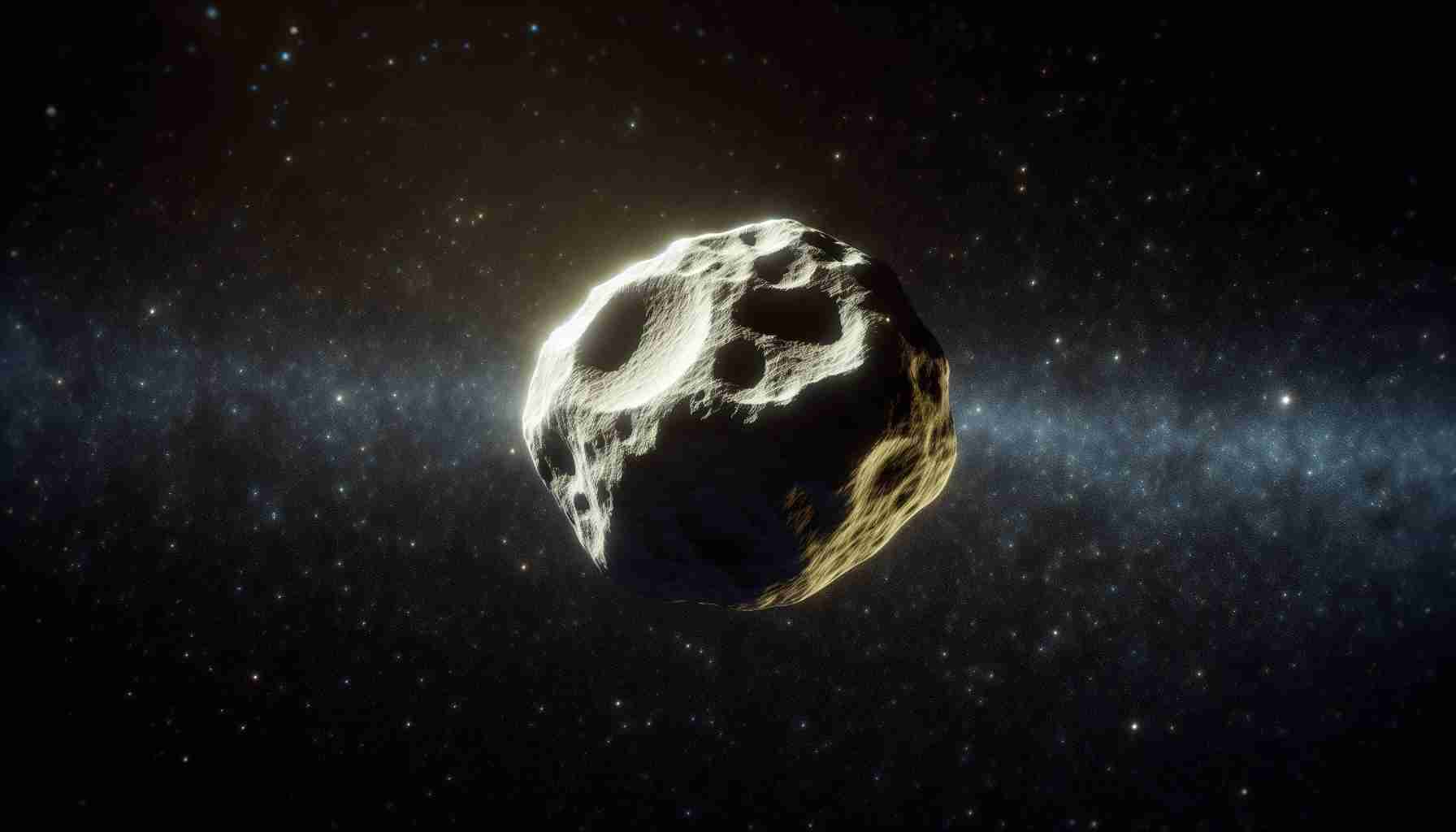Studying asteroids is crucial for understanding the origin of life on Earth and can also bring benefits for the future of our planet. In the future, asteroids will become a valuable source of precious resources, which is why we are starting to bring back samples to Earth to better understand their composition and structure. Only through this method can we make groundbreaking discoveries.
We study the cosmos in four ways. The first is studying Earth, which is also part of the cosmos. The second is through telescopic observations, which provide us with a lot of information but also carry the risk of error and uncertainty. The third method is sending probes and rovers, allowing us to reach objects of interest. However, the most sophisticated technique is the fourth method, which involves bringing samples from celestial bodies back to Earth. This allows us to examine cosmic material in sterile conditions.
However, meteorites that fall to Earth are not sufficient. Although they provide us with some samples from space, they are contaminated and do not reflect the actual conditions of where they originated. That is why sending space missions, such as Hayabusa 2 and OSIRIS-REx, which collect samples from the surfaces of asteroids, is extremely important. Such samples are directly linked to specific objects and allow us to better understand the processes that took place in the early Solar System.
The latest mission to the asteroid Bennu, the OSIRIS-REx mission, brought back the largest sample in history from an asteroid. Analyses already indicate the presence of carbon, water, and other components necessary for the formation of life. However, the most important discoveries are yet to come. Samples from Bennu will allow us to better understand the composition of matter in the early Solar System and answer the question about the origins of life on Earth.
Studying asteroids is not only important for our knowledge but also for the future. Knowledge about asteroids will help us better plan future space missions and utilize resources from these objects in the future. Through asteroid research, we gain keys to understanding both the past and future of our planet.
FAQ
1. Why is studying asteroids crucial for understanding the origin of life on Earth?
Studying asteroids helps us better understand the composition of matter in the early Solar System, which can indicate the presence of components necessary for the formation of life.
2. Why is bringing samples from asteroids to Earth important?
Bringing samples from asteroids allows us to examine cosmic material in sterile conditions, which can lead to groundbreaking discoveries.
3. Why are meteorites not sufficient for studying asteroids?
Meteorites that fall to Earth are contaminated and do not reflect the actual conditions of their origin. Samples directly collected from asteroids are more reliable and precise.
4. Why is sending space missions like Hayabusa 2 and OSIRIS-REx important?
Sending space missions enables us to collect samples from the surfaces of asteroids, which are directly linked to specific objects. Such samples allow us to better understand the processes that took place in the early Solar System.
5. What discoveries have been made in the OSIRIS-REx mission so far?
Analyses conducted on samples from Bennu indicate the presence of carbon, water, and other components necessary for the formation of life, opening the way to further discoveries regarding the origins of life on Earth.
6. Why is studying asteroids important for the future?
Knowledge about asteroids helps in better planning future space missions and potential utilization of their resources in the future. Studying asteroids is key to understanding both the past and future of our planet.
Definitions
– Asteroid: A small celestial body that orbits the Sun, usually between the orbits of Mars and Jupiter.
– Solar System: The planetary system consisting of the Sun and all celestial bodies orbiting around it.
– Meteorite: A celestial body that enters the Earth’s atmosphere and falls to the surface.
– Sample: A piece of matter collected from an asteroid or other celestial object for study.
Sample Links
– NASA (National Aeronautics and Space Administration)
– ESA (European Space Agency)
The source of the article is from the blog foodnext.nl
